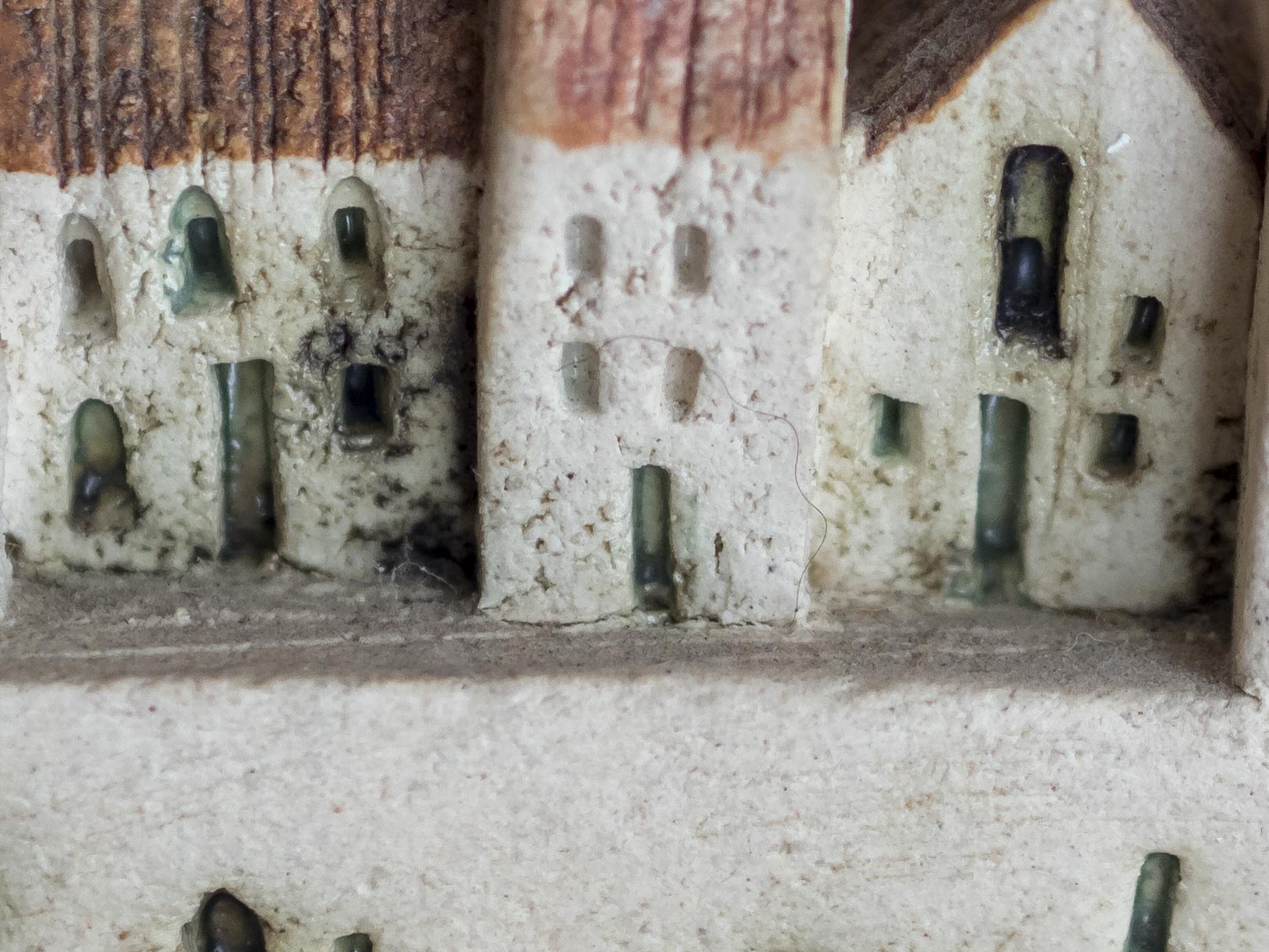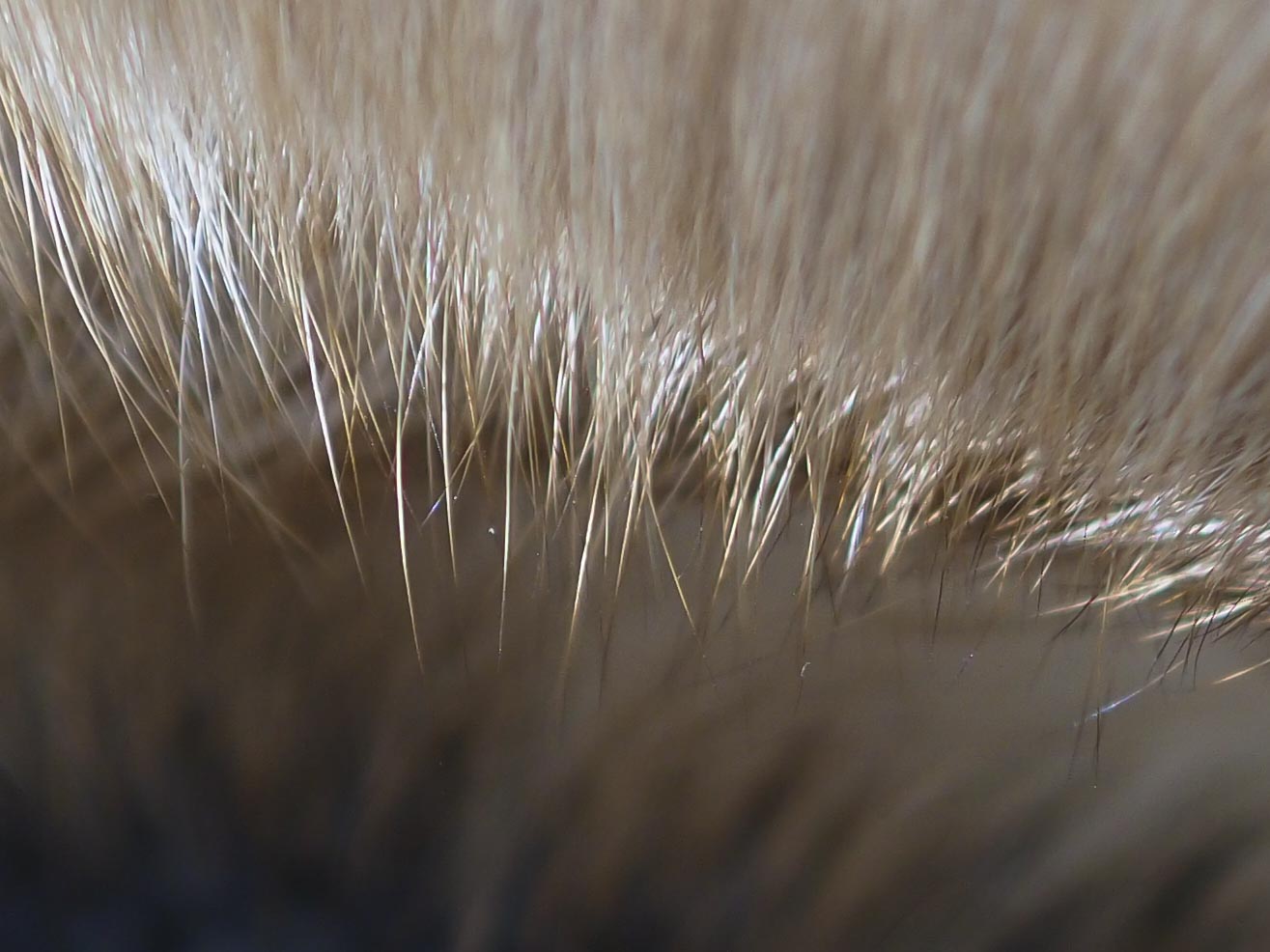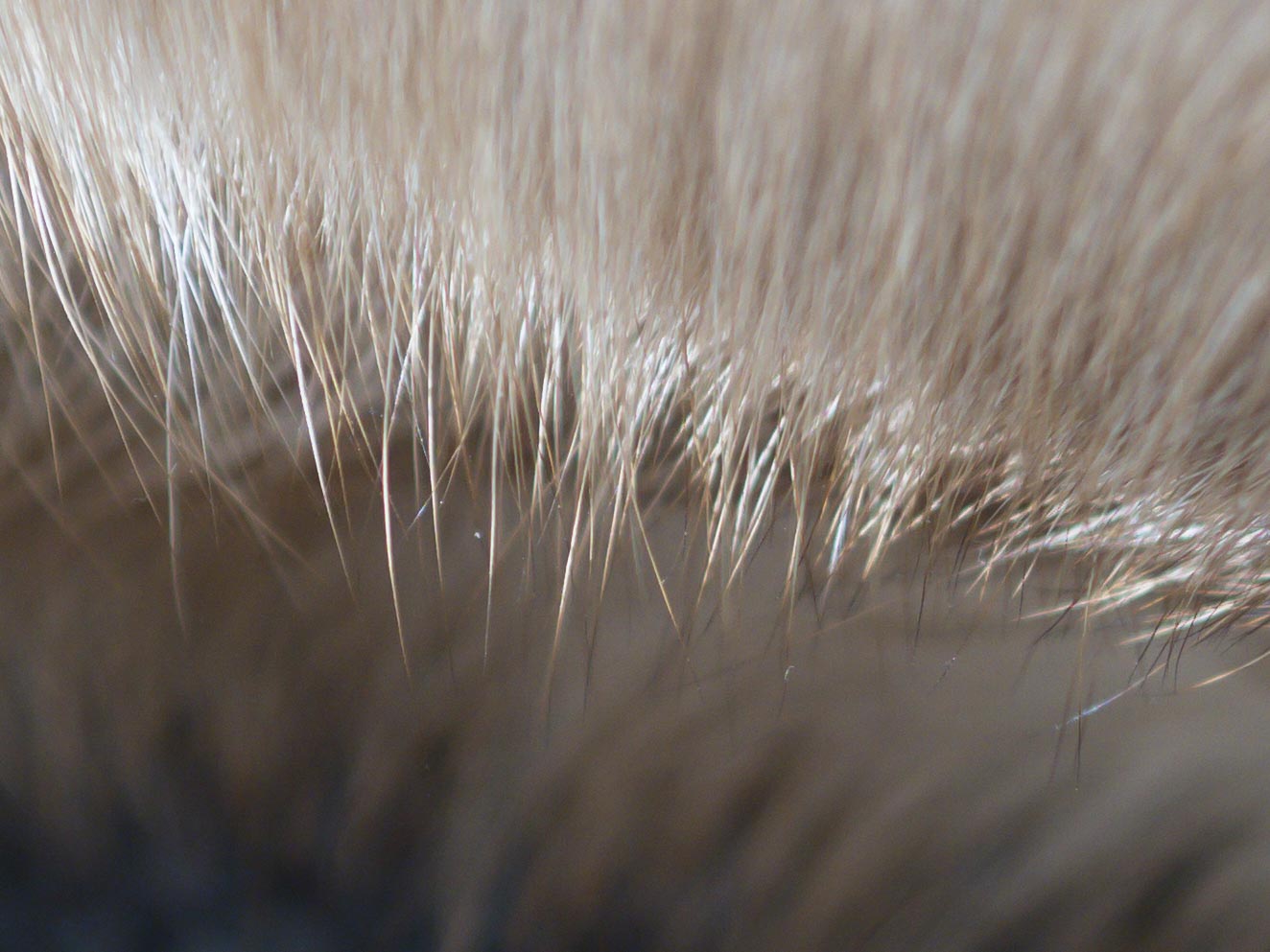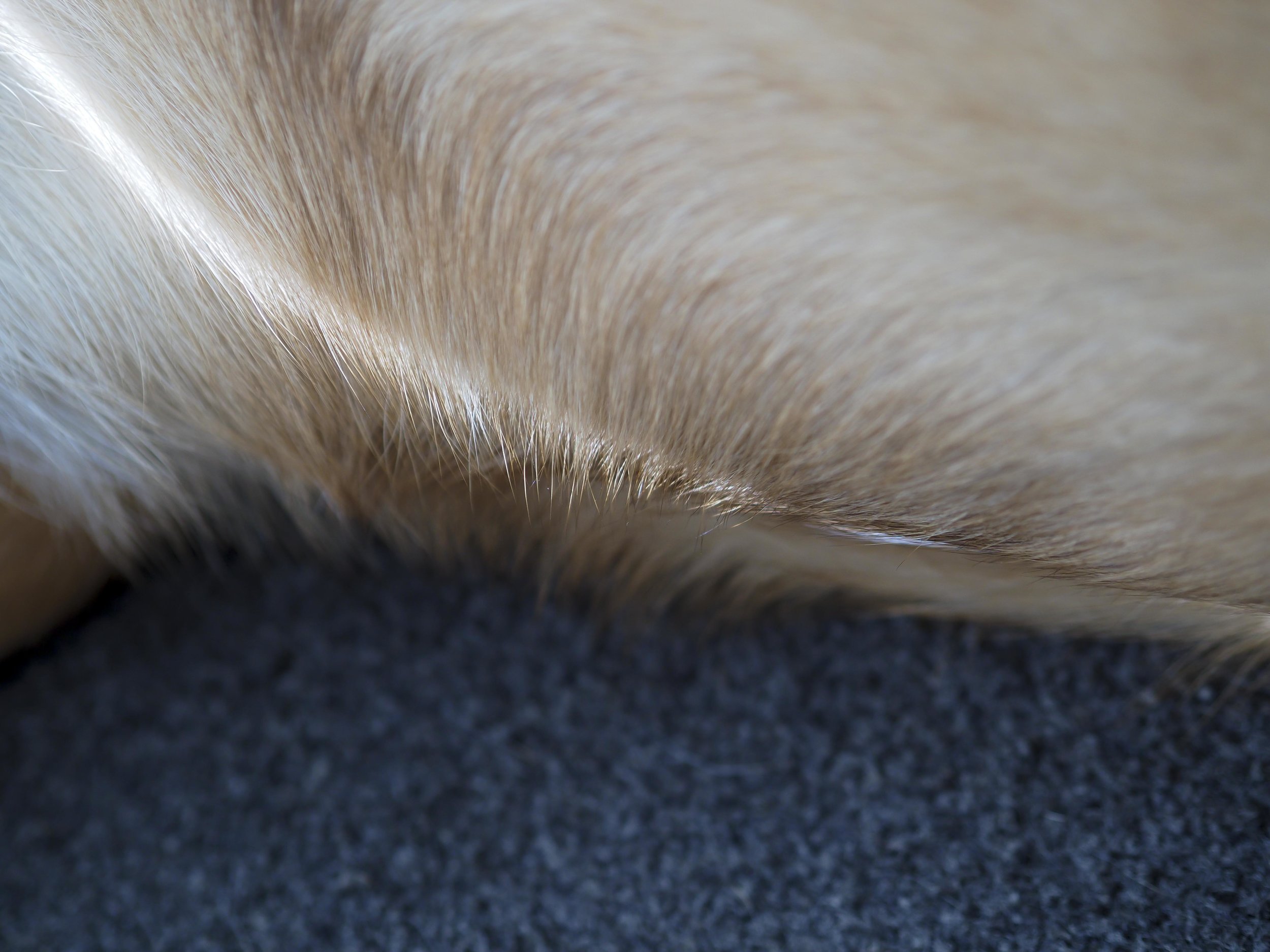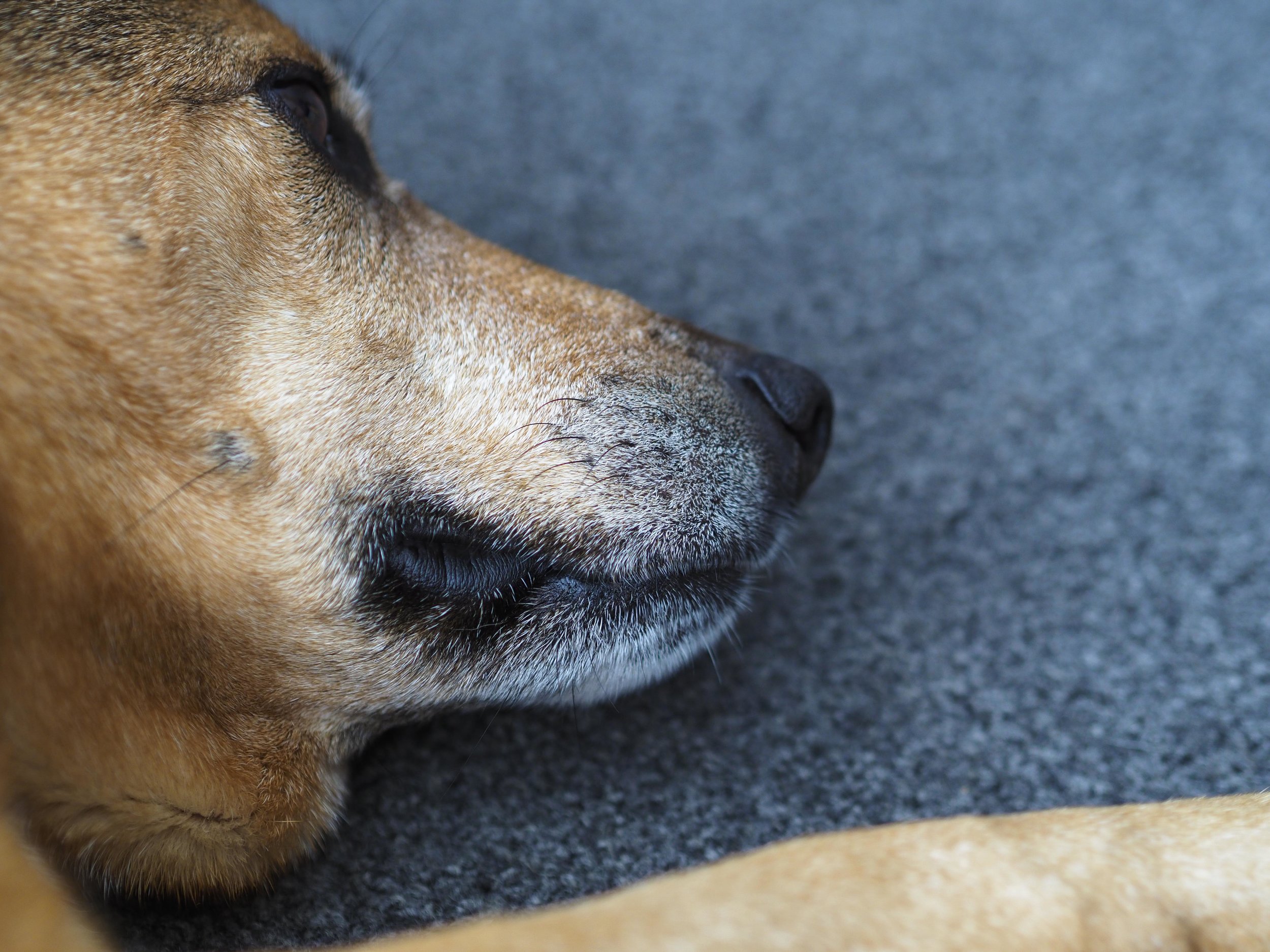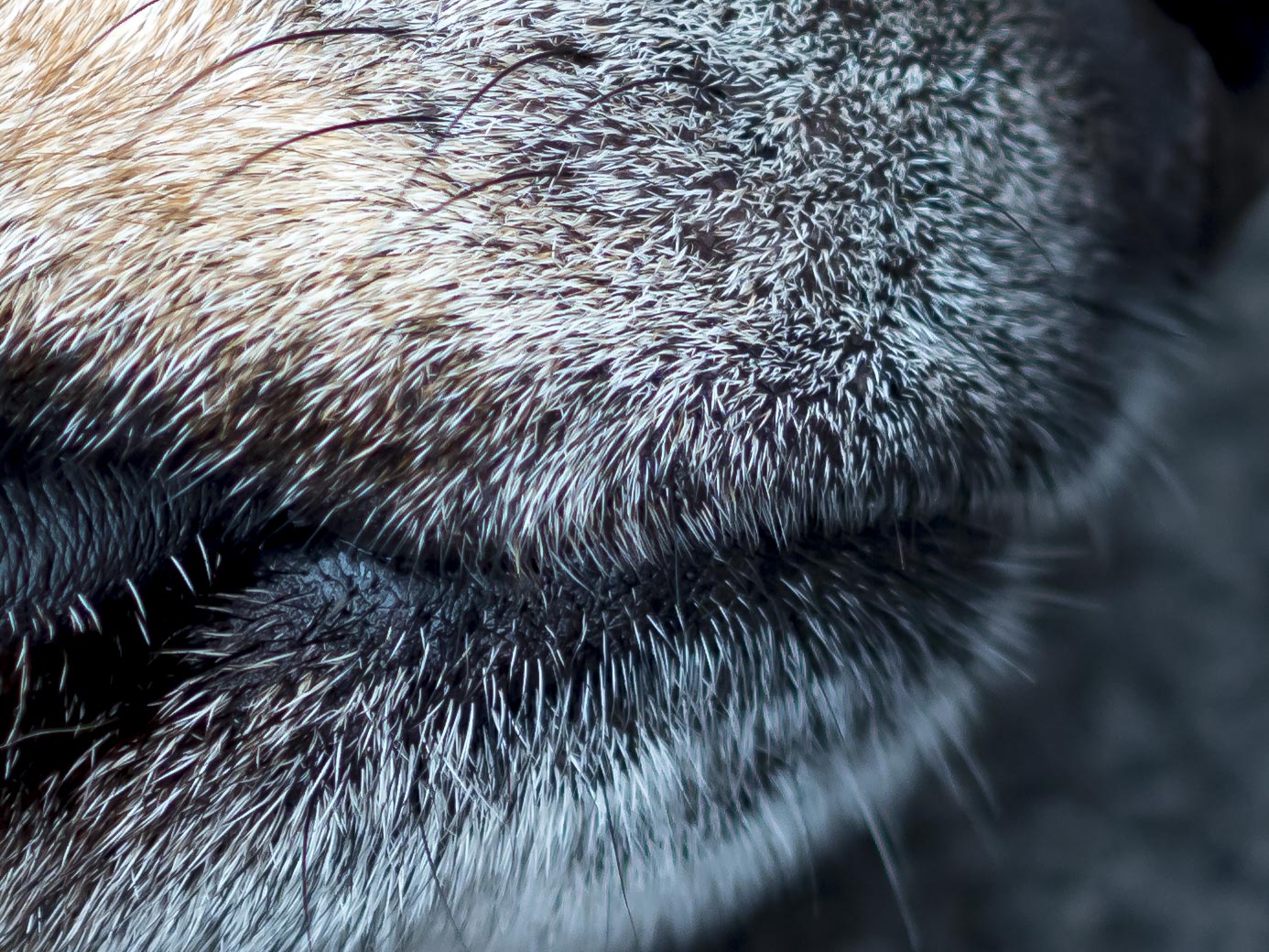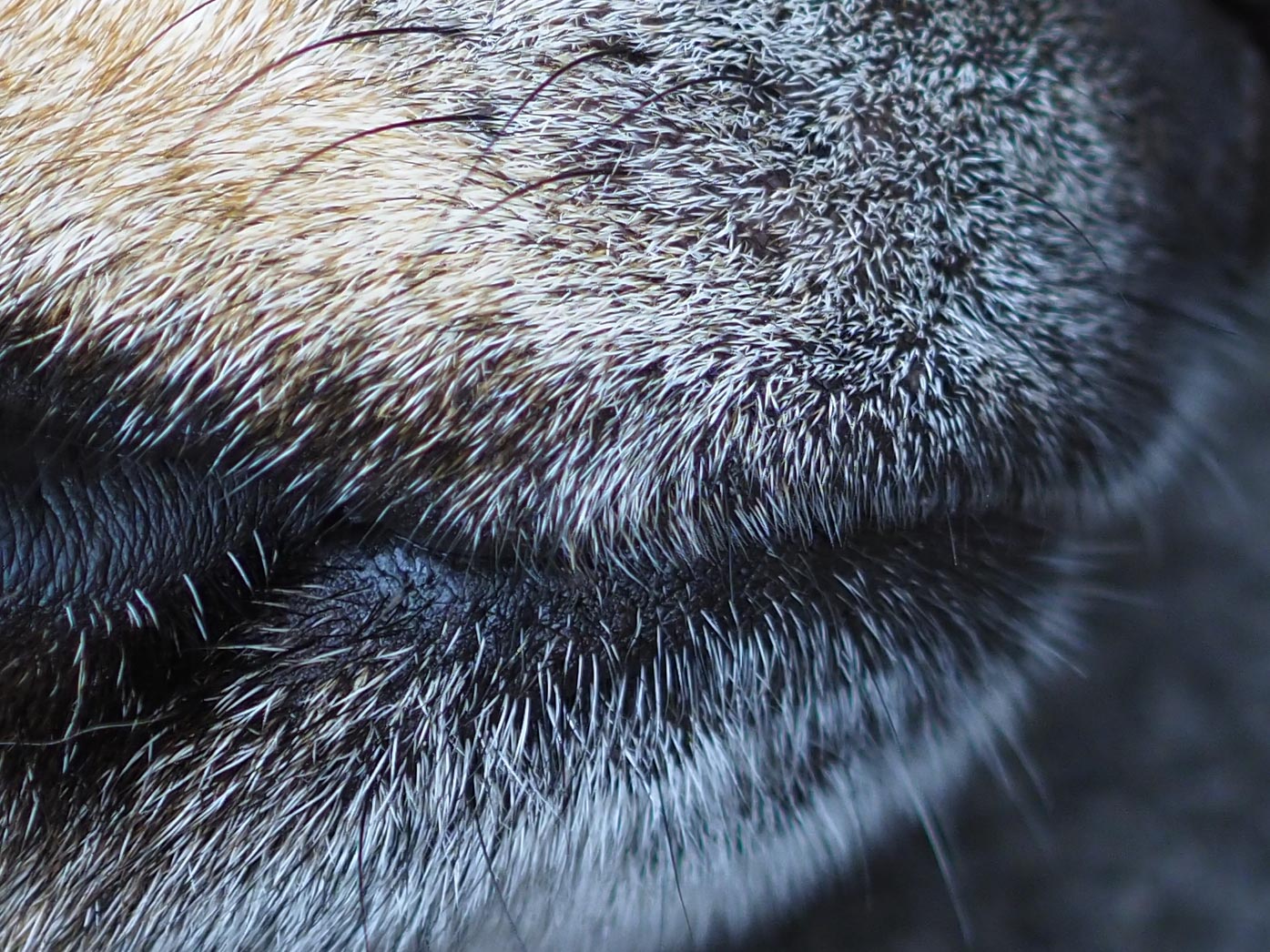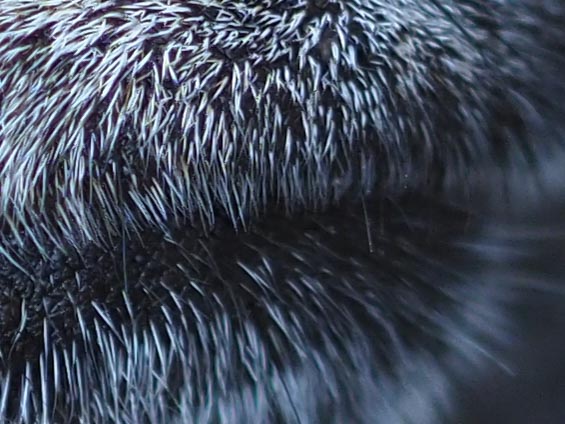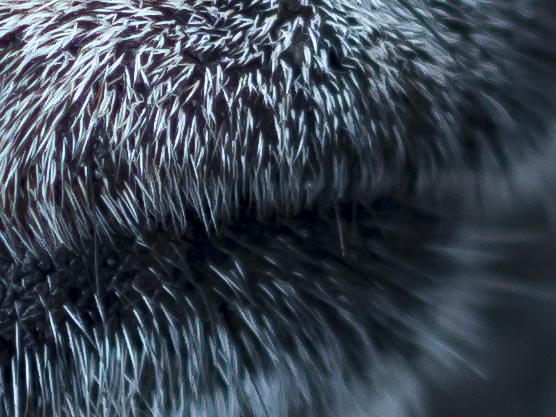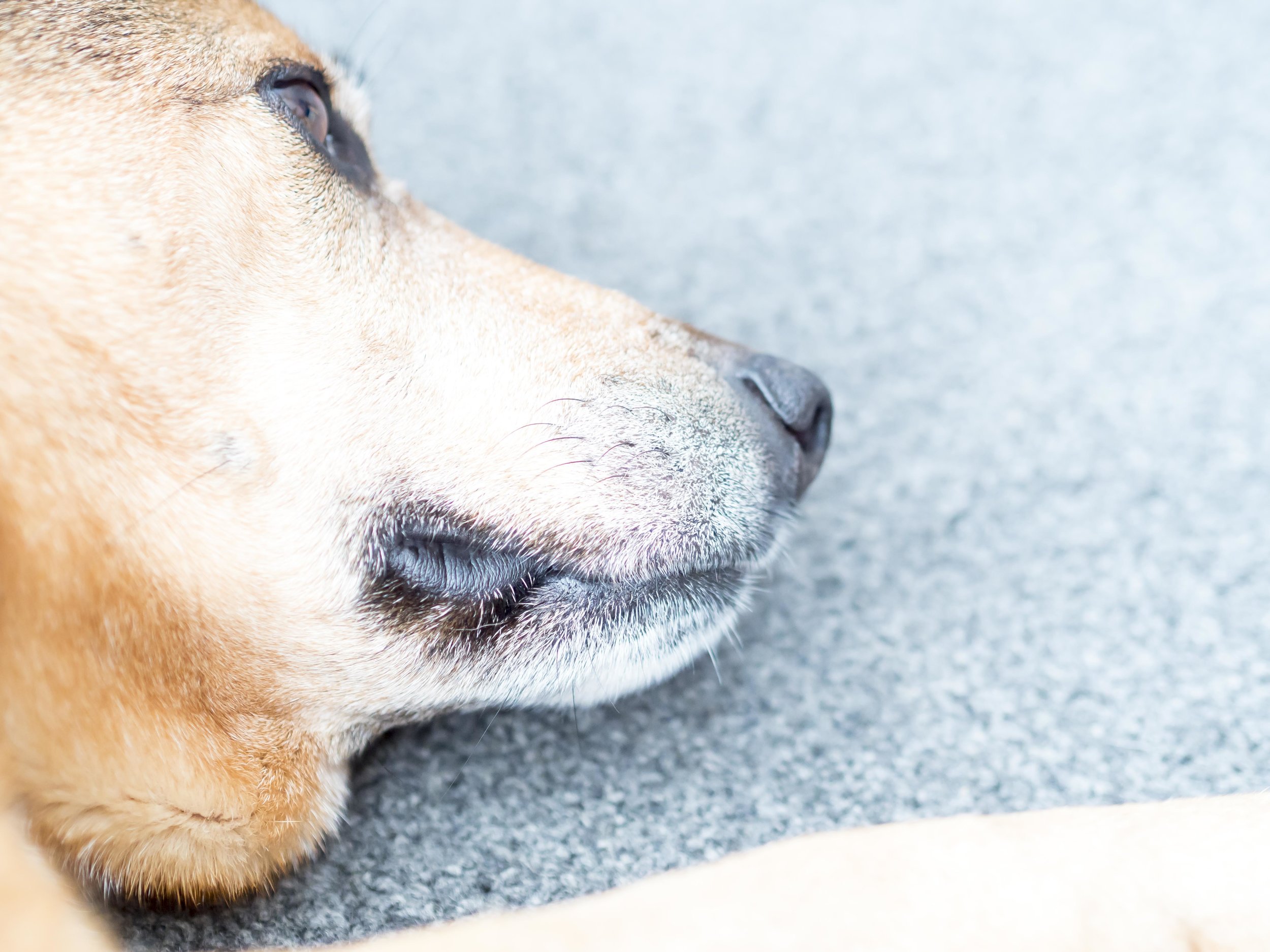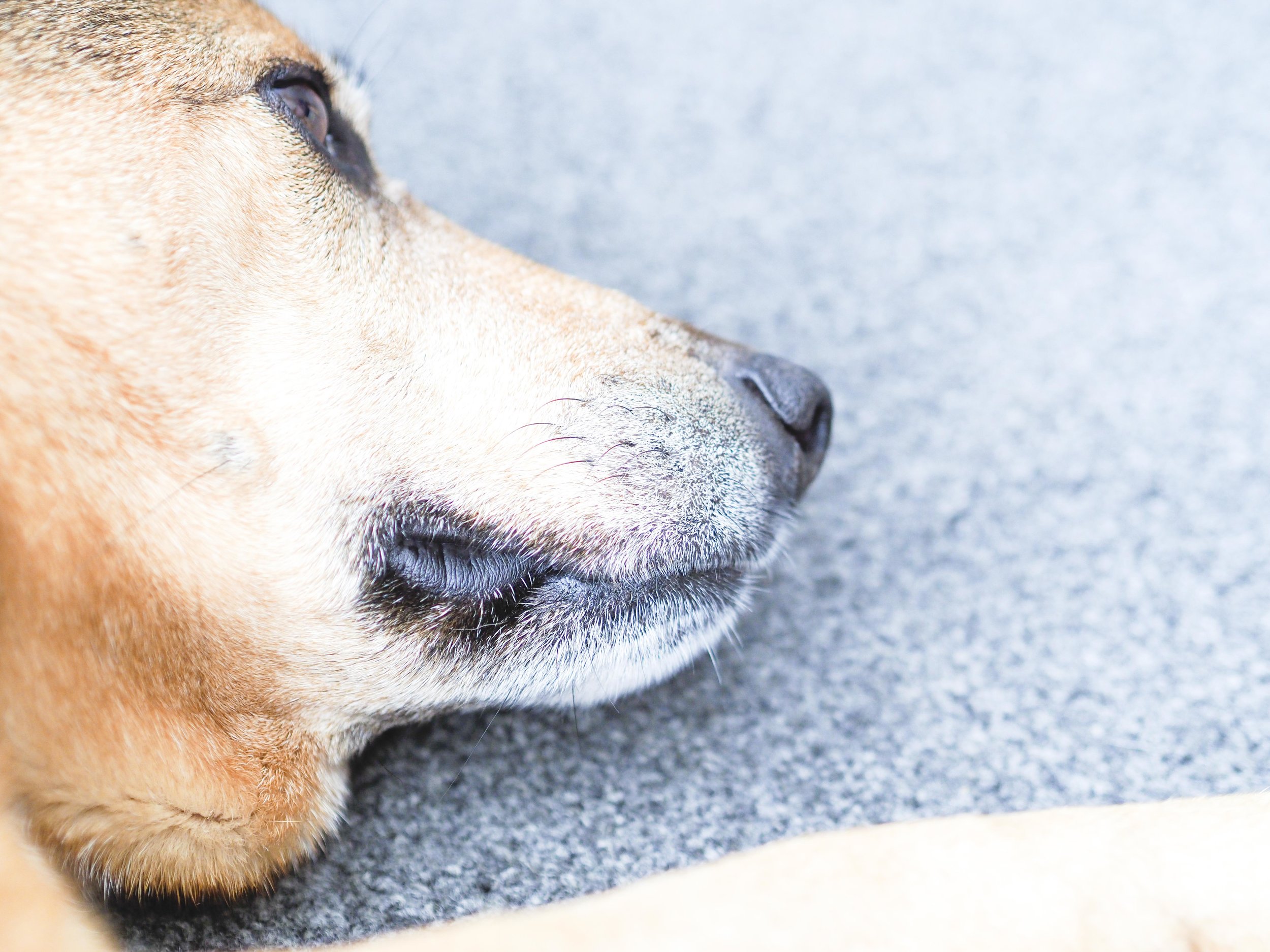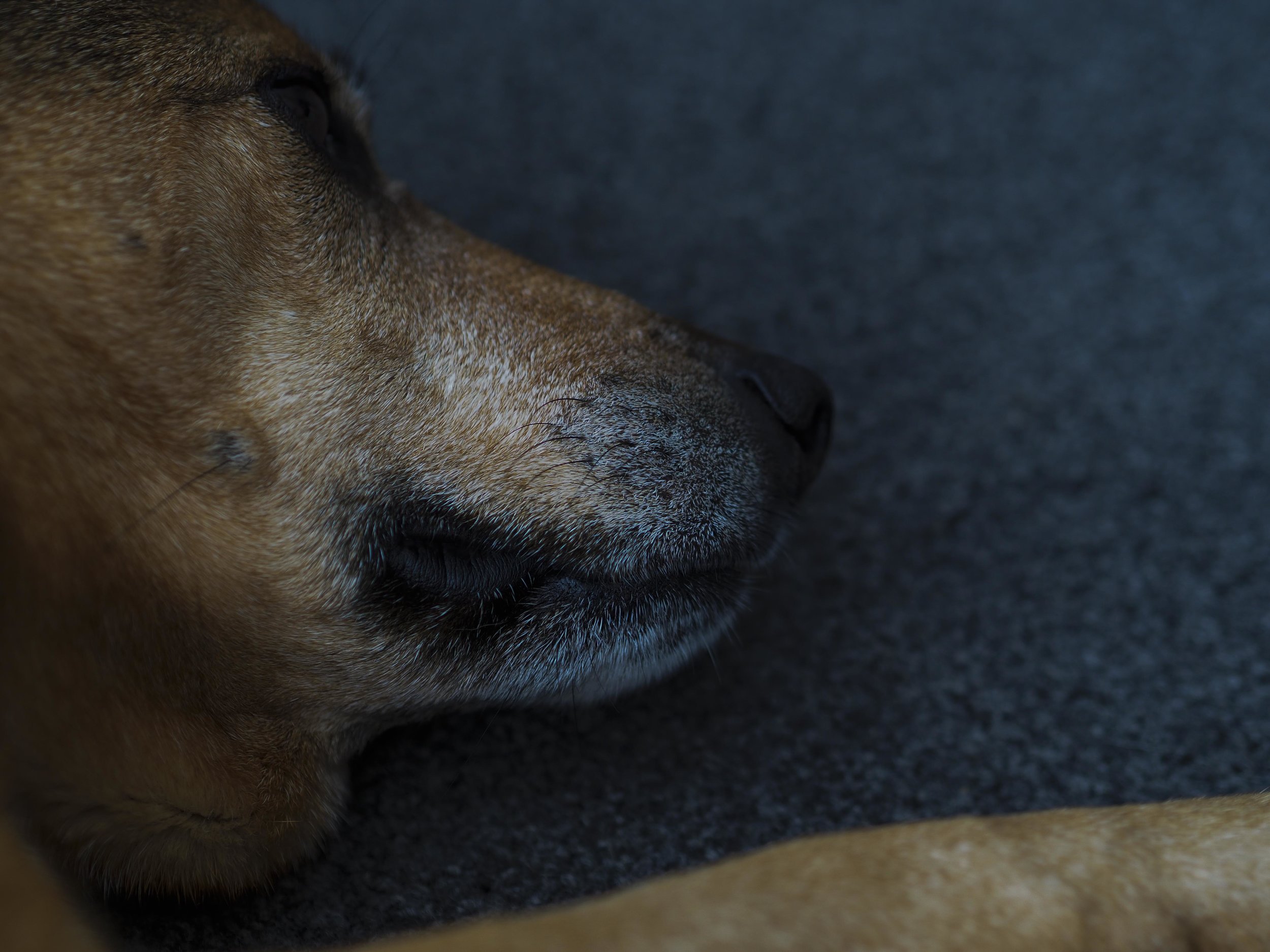The EM1 has come as a bit of a revelation for me.
Struggling as I ever do with a new camera/lens/printer, it has resisted more than usual, my attempts to get the best out of it, making me spend too much time looking at useless* and hair splitting comparison charts and mixed field results.
The thing that has jumped out from all of this though is the quality of the jpegs*. Time and time again, I see better results from camera processed files than my efforts with Lightroom.
At first, I put this down to poor Lightroom settings. The usual mix of an unfamiliar camera and incompatible recycling of previous techniques. On (very) close examination though, I am finding more and more to like.
The images above are the jpeg (left) and processed RAW. The camera’s jpeg settings are a little more aggressive than mine, but that is part of the point. The camera seems to be able to push harder than I can, holding delicate detail without the usual artefacts or falseness common with in camera processing. This maybe a short coming of Lightroom with this camera, but eve if not, the work required seems tedious when the jpeg is sitting there staring at me. Previously only Fuji had managed to deliver seemingly “flawless” jpegs, but that was sometimes at the cost of some colour naturalness and lost post processing flexibility.
The original for scale.
The EM1 super fine jpegs seem to have a semi RAW quality threshold, allowing reasonable recovery from rare errors and subtle, but powerful enough processing to give me full, but natural looking control. RAW files always have a gentler, more realistic look to them up close, but the SF jpegs from the Em1 can be eased off for much the same effect. More importantly, I feel they will print ideally, which is probably the intent of any of the engineers when creating jpegs.
It is getting to the stage where I feel really undecided when clearing out my duplicates as the jpegs are really all that is needed.
Top left jpeg at about 1300x900 pxl. Second to bottom row is at the same dimensions and the bottom row at 500x400 pxl? I will let you decide. If you cannot tell at this distance, then it does not matter!
Not a proper test of +2.5 stop shadow and -2.5 stop highlight recovery (Raw on the left), the jpegs are not as ‘twitchy” or loose as the RAW’s, and they seem to have enough room to fix most minor stuff-ups and show very nice noise control and detail retention. There is a slight colour shift to magenta in the top right jpeg, but this has since been fixed in camera.
Apparently the compression of super fine jpegs is 1:2.7 rather than 1:4 normally. This means they are still closer to regular jpegs than RAW files, but it looks to make all the difference.
it is a shame they do not offer a MSF setting (similar in thinking to Canons M and S Raw) as often lower res files are sharper and less noisy than full sized ones. This would give me a decent 8-9mp, low light sport setting.
Advantages as I see it are;
In camera corrections, that seem to fix most CA, “blooming” or haze softness wide open and most distortions as well as diffraction at small apertures.
In camera special effects such as high res at 50mp, HDR, stacking etc. without processing hassles.
Storage and processing reduction.
None of this is new, but it has really not been viable in the past. Fuji almost got me, but unsettled feelings of “plastic” images put me off, as well as the difficulty of applying a RAW safety net in Adobe. Previous Olympus cameras were close, especially the Pen F, but I was still not fully sold on switching.
With the EM1 it actually seems to be the logical approach. In the age of self driving cars, is it too much to expect a company with 100+ years in the business does not know how to set their cameras up for the best results? After all we are all just trying to make a good jpeg in the end, so what if the camera gets us closer to the ideal than before.
My thinking is to set the camera to my large super fine jpeg preferences (a little cooler and less magenta, low (but some) noise reduction, average sharpening and saturation, which is a little lower than default, but set the lower front panel button to RAW+jpeg for when I need the extreme recovery option or just feel safer.
The Pen F and older OMD’s are still RAW only machines, but their roles are different now also. The EM1 as the general purpose and travel camera, as well as the sports and events where file quantities can be extreme, is likely better suited to jpeg.
The only thing I am concerned about is mono conversions.
Sensor comparison test are flawed from the beginning as they are the equivalent to testing a car engine without any context to all other aspects of handling and drive experience. The Em1 mk2 for example does not match the newer G9 Panasonic superficially** in many criteria and even the Pen F in look, but it feels good in the hand, is a better match to my lenses and I have it, so end of story.
*This applies to the SFL jpegs not LF. The SFL are a little hard to find (as usual) in the menu, but are worth the look.
** The year or so it gives up to the G9 has slight indicators in quality and performance. DPreview shows mixed results on a hair splitting level for image quality (be sure to check the “print/comp” quality comparison options) and it has less sophisticated and I think less sure footed focussing, but it is so close it really does not matter as much as “knowing thy camera”.
